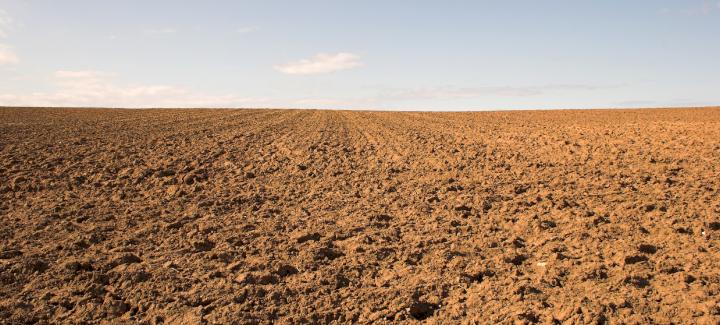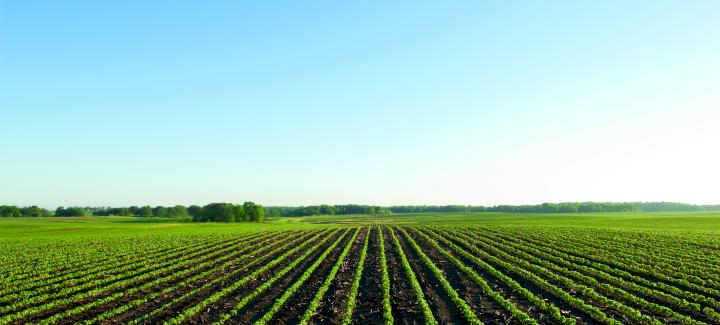Stine Seed Blog
Stine’s Ask the Agronomist blog is your source to the latest information from our expert team, including advice and insight on field practices, product recommendations, planting and harvest updates, new technologies, crop management, innovative research and information about how to keep your farm operation running smoothly year round.
-

Protect Your Yield with Soybean Seed Treatments
May 2020 in Agronomy
-

Planting Soybeans Early? Read This.
April 2020 in Agronomy
-

Five Things to Keep in Mind Regarding the Enlist Weed Control System
April 2020 in Agronomy
-

Effects of Cold Temps on Corn and Soybeans
April 2020 in Agronomy
-

Want Higher Yields? Consider Higher Populations.
April 2020 in Agronomy
-

EPA Backs New Herbicide for Soybean Growers
April 2020 in Agronomy
-

Stine Celebrates Women in Ag, Recognizes Their Accomplishments with Women in Agriculture Day
March 2020 in General
-

Some Good News — We’re Hiring!
March 2020 in General
-

Soil Sampling 101
March 2020 in Agronomy
-

Breeding Stine’s Conventional Corn
March 2020 in Agronomy
-

The Big Freeze
February 2020 in Agronomy
-

The Lesser Known Advantages of LibertyLink® GT27™ Soybeans
February 2020 in Agronomy





